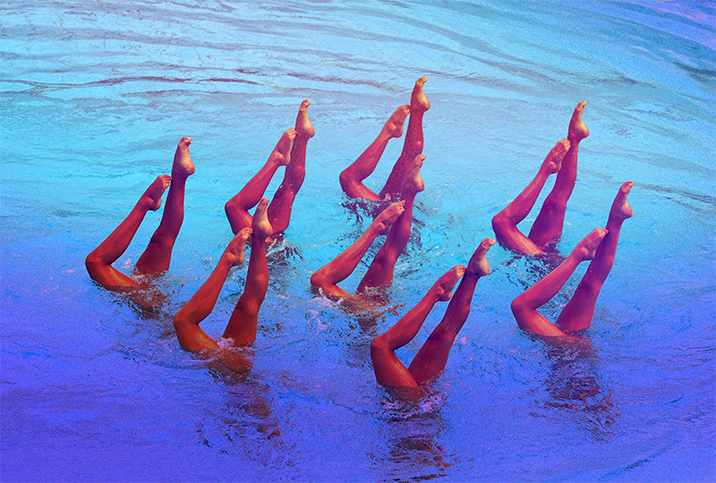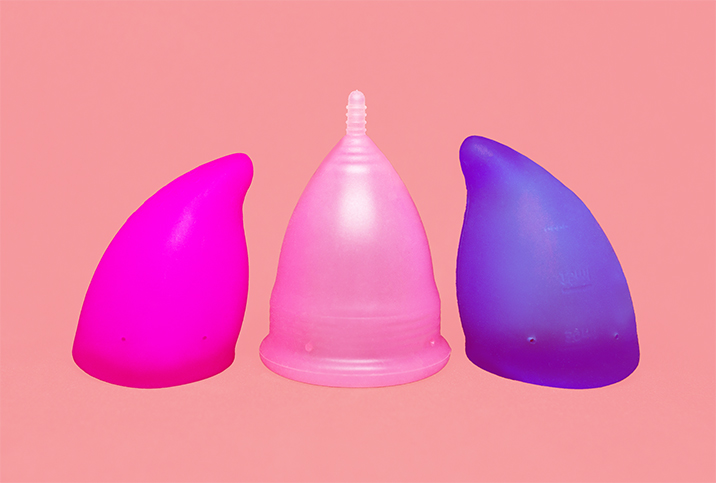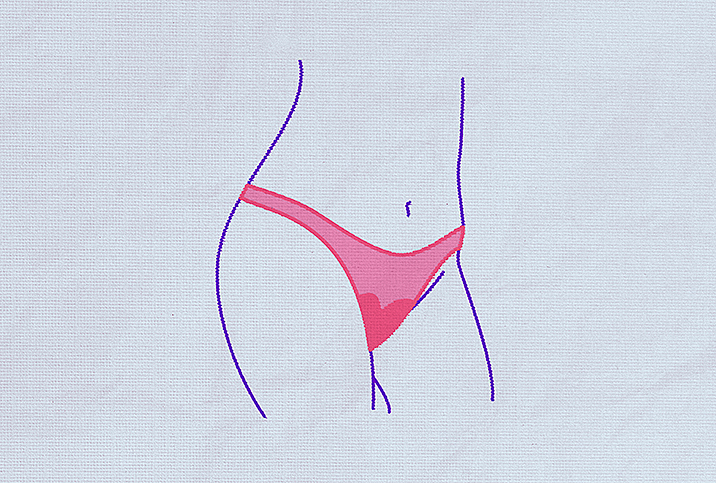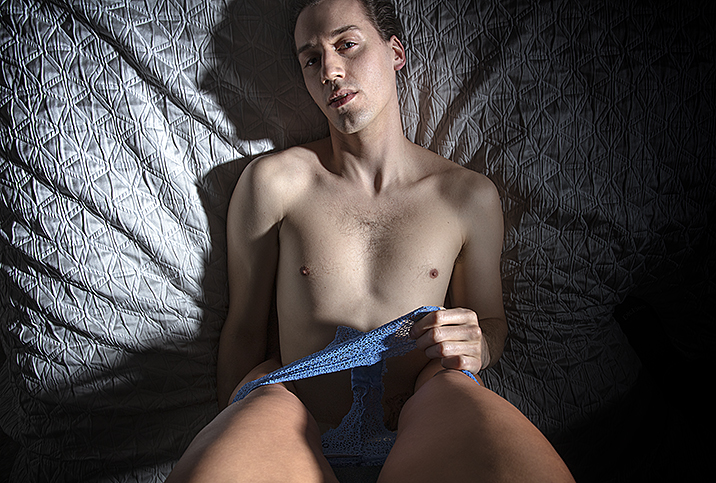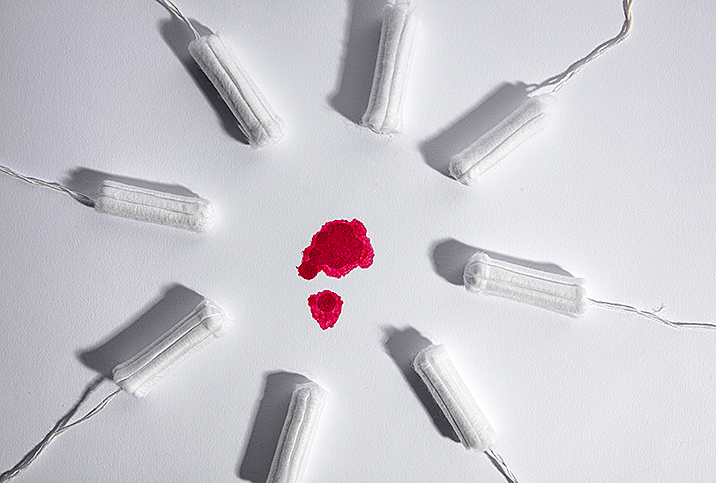The Latest In Sustainable Menstrual Products

It should come as no surprise that disposable pads and tampons are some of the most widely used period products in the world. However, movements to more eco-friendly, sustainable lifestyles have added a number of reusable options to the menstrual product market.
Reusable menstrual cups have become quite popular in recent years for their environmental benefits, but those aren't a one-size-fits-all solution. Despite there being many options on the market, not everyone who tries cups achieves a comfortable fit. Since some people cannot comfortably use cups, it's fortunate that we now have multiple reusable menstrual options to choose from in our efforts to be more environmentally conscious. And though it depends on your flow, the technology of reusable period products has developed to the point of nearly eliminating the need for complementary disposable products.
Reusable pads
Reusable pads come in all sizes, colors, materials and absorbency levels. Since many brands are made of the same cloth materials that are used to make clothing, they're an option that many find comfortable.
"It feels just like wearing underwear because it's cloth," said Holly Yeager, doula and owner of Lancaster Doulas, LLC. "My suggestion to someone starting out is to purchase a few sizes and shapes to see what you like."
Yeager likes bamboo cloth reusable pads since this material provides good absorbency and odor control. So does Samantha Kropp, former manager of sewing business UpCycle Mama, who uses this material to craft her own homemade reusable pads.
When it comes to homemade pads, the benefits are twofold. Not only are they washable and reusable, they can also be a great option for those with allergies as you can choose the materials they're made of. Store-bought pads don't provide the same luxury.
Kropp makes her reusable pads out of diaper PUL (polyurethane laminate) as the waterproof layer and bamboo as the absorbent layer. Her desire to switch to homemade pads was sparked by skin problems caused by store-bought disposable products.
"I had developed skin irritation every time I cycled and wore name-brand, store-bought pads," Kropp said. "I found info online as well as various templates to cut out to try to make my own at home."
Bamboo fabric such as that Kropp uses can come unbleached or bleached, but she recommends unbleached fabrics as they are a good choice for those with sensitive skin.
"I would recommend unbleached fabric for everyone to prevent chemical burns and skin irritation," Kropp said.
Jessica Fisher-Hattey, owner and doula at Attuned Doulas, shares these sentiments. She also recommends bamboo material for its softness and absorbency, and reusable menstrual products in general for their gentleness on the skin.
"I have skin-sensitivity issues and was trying to rule out any external factors," Fisher-Hattey said. "It made a huge difference, so I made a complete switch to reusable products."
Period underwear
Absorbent period underwear is another great option for those who find cups or tampons uncomfortable or those who prefer a feeling closer to free-bleeding. There are multiple styles on the market to choose from, and while many people need no additional period products while using them, they can be worn with reusable panty liners on particularly heavy days in your cycle.
Fisher-Hattey has found the benefits of period underwear go beyond period protection—they're great for postpartum discharge, as well. In the weeks following delivery, people who have given birth vaginally experience discharge called lochia. The discharge is a combination of blood and the mucous membrane that lines the uterus during pregnancy. It is typically particularly heavy in the first few days after delivery and gets lighter over the course of a few weeks.
During this time, period underwear can provide a comfortable layer of protection for a new parent experiencing this normal discharge.
"My clients and I have both found that reusable underwear is much less uncomfortable and more discreet than large pads or disposable incontinence underwear for postpartum bleeding," Fisher-Hattey said. "They are also cost-effective and can be reused for periods after the postpartum bleeding has ended."
Comparing the cost
Since reusable pads and period underwear can be washed and reworn for several years if properly cared for, they can eliminate the monthly expense of disposable pads and tampons for just as long. However, since they can be a significant investment upfront, Yeager recommends starting out with cheaper brands so you can get a sense of the styles you like before buying more expensive items.
"Amazon has cheap ones that are great to start out with," Yeager said. "Then, you can make your own or move to Etsy for more expensive, better-fitting ones."
One thing's for sure, though—it's hard to put a price on personal style, which is another benefit of choosing reusable menstrual pads and underwear. You get to select the colors and patterns you like.
"They have cute and fun designs, and are just as easy to use as disposables," Yeager said.








